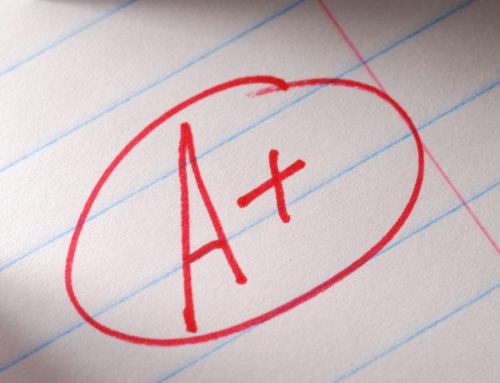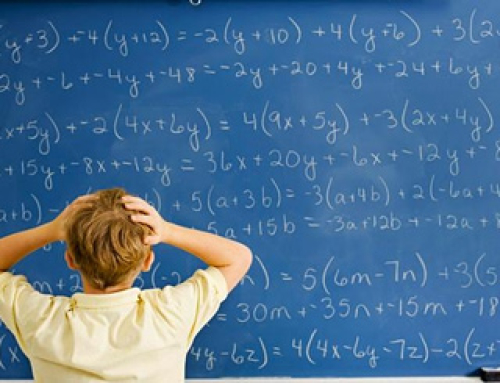Parents frequently ask me if one hour lessons are too long for a child with concentration problems.
Over the years I have found that most children, even those diagnosed with ADD or ADHD, can very well thrive on one hour math sessions. Longer sessions allow learners to enter more deeply into mathematical thinking. An hour allows time for practicing and applying new skills and concepts so they can really sink in.
“How do I get a child with concentration problems to focus?” This is a question many parents ask. Responding has been an essential part of my work. While each situation is different, there are some common considerations and strategies.
Three major elements of a learning environment that improves the child’s attention span and support math learning are outlined below. Keep in mind that the list describes practices of teaching and learning math that are helpful in general, and that only one or two may apply to your student.
 1) Often, the hardest part is to start and get the student focused on the task in front of him.
1) Often, the hardest part is to start and get the student focused on the task in front of him.
This is true for a math tutoring session as well as for homework. The student’s mind has to transition to math and he has to feel relaxed in order to turn to a task he may perceive as difficult or embarrassing.
Here are some activities I have learned help learners focus on math.
- A short conversation, a warm up game, or a learning task I know the student can do can ease the transition to math.
- A physical outlet to release tensions – tapping a foot or fingers, chewing gum, or eating a carrot – helps some students to concentrate more easily.
- Explore the ideas and concepts together with your child while she is doing homework.
2) Removing Barriers: What gets in the way of concentrating on math?
It’s difficult to concentrate on what you can’t do. If the student is required to operate on a level that is too difficult, he will have a hard time focusing.
While here are many possibilities why a student has difficulties with concentration, there are some that often function as barriers to learning math. They include:
- Incomplete mastery of number facts
- Computational weakness
- Difficulty in transferring knowledge from one set of problems to another
- Lack of understanding of the language of math
- Trouble recognizing connections
- Inadequate grasp of basic concepts
- Lack of organizational skills
If there is a weakness in any of these areas, your student may have trouble concentrating because the learning challenge is overwhelming. When, for example, the student does not understand some or all of the terms used to explain the problem, she won’t be able to see the core of the problem and won’t be able to solve it. The problem may go deeper than a simple lack of knowledge of formal definitions. If a student lacks a genuine conceptual grasp of fractions, for example, she will continue to confuse the roles of the numerator and denominator, no matter how often one repeats their definitions. In each of these cases, what appears to be a difficulty in concentrating is actually a mismatch between the challenge and the student’s current position in the learning process.
3) Moving forward: 10 ways to help improve a child’s ability to focus on math
- Be actively engaged in the learning process. What support, if any, does the student need right now? Address the specific need with short explanations, interspersed as needed in tasks the student is doing himself.
- Encourage the student to ask questions. Student-initiated questions are essential to learning. To be able to ask, however, assumes confidence and prior knowledge. Asking means taking a risk. Before a student is going to take this risk he needs to trust his ability to learn, and this trust must be based in the prior experience of successful learning.
- Fostering the understanding of math concepts. Without understanding, learning happens as rote memorization. Eventually the memory capacity of the student will run out.
- Improve your child’s fluency in math skills to free up his memory for further learning.
- Cultivate understanding of the language of mathematics.
- Use a variety of approaches to teaching new concepts. Make models. Draw pictures. Refer to real life experiences.
- Change math activities within a single learning session helps to maintain interest and allows for a longer time of fruitful exposure to math.
- Make math learning satisfying and relevant by choosing tasks that the student can do, and explaining why learning math is important.
- Adjusting difficulty level of the learning challenge to the child’s needs and abilities. No learning happens if the task is too difficult – or if the student remains in her comfort zone.
- Redirect inattention in a friendly, yet consistent way.
This list of considerations and strategies can help you pinpoint how to help your child to focus better, and recognize the areas of math learning that need to be addressed to get him or her on track to becoming a competent and confident math learner.
Just remember that everyone can learn math!
I can help! Contact me:
If you would like more information or help, please contact me at 503-334-7816 or by Email.







Leave A Comment